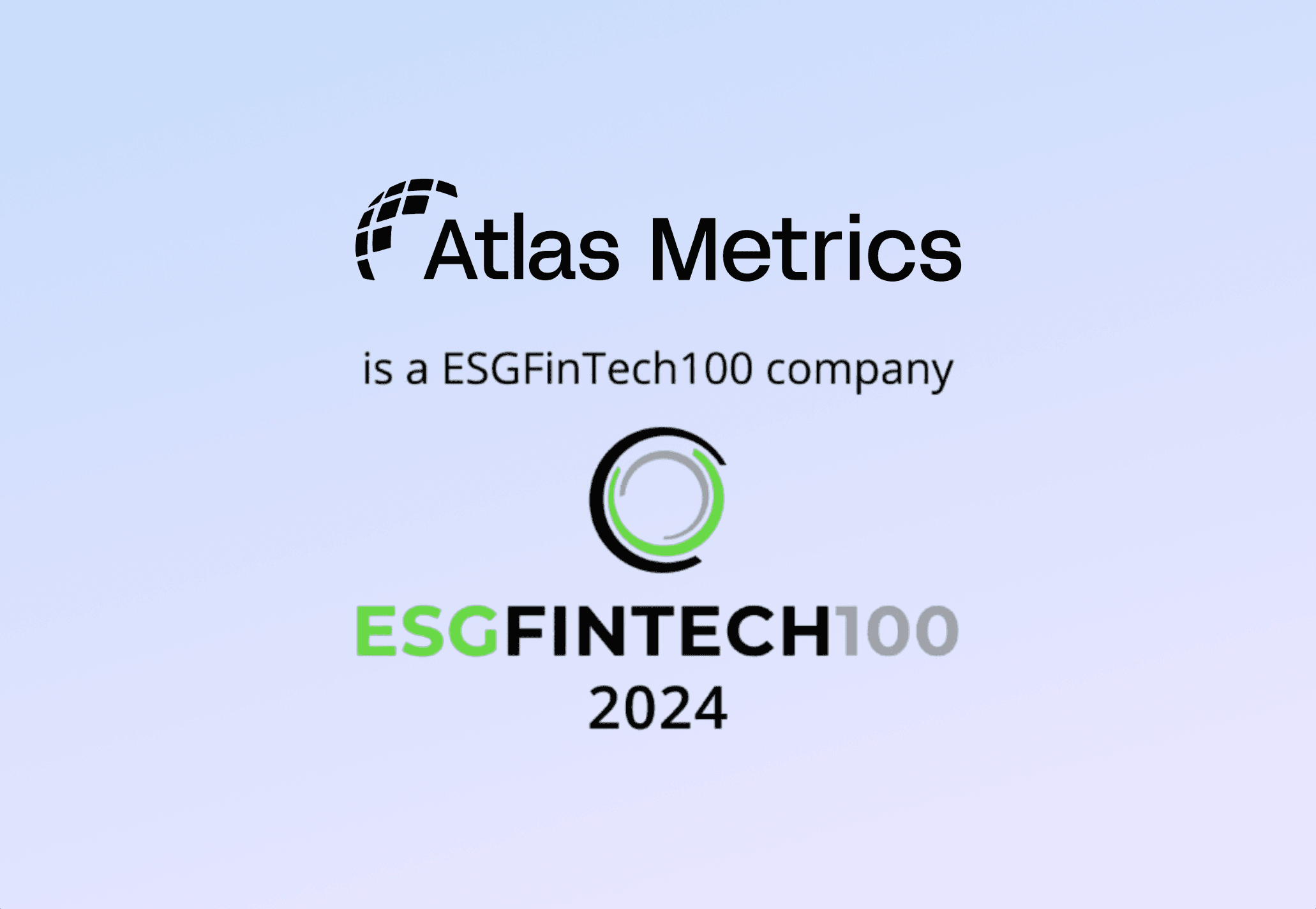Carbon accounting under the CSRD: What you need to know
10.05.2024
·
Philip Reuchlin
The European Union has taken significant steps to ensure that companies are transparent about their environmental impact. With the Corporate Sustainability Reporting Directive (CSRD) coming into force, more companies now have to provide detailed environmental data and climate-related disclosures. This includes assessing their carbon footprint through carbon accounting, which measures emissions from both direct activities and indirect value chains.
Why climate disclosures matter
The purpose of carbon accounting obligations under the CSRD is to prompt organizations to take mitigation actions, in line with the Paris Agreement's aim of limiting global warming to 1.5 degrees. For reporting companies, it is essential for transparency, informed decision-making, and compliance with EU market regulations:
Transparency: GHG emissions disclosures provide investors, customers, and regulatory bodies with clear insight into a company’s climate impact.
Decision-making: Accurate data supports better decision-making, helping companies identify areas for emission reduction.
Regulatory compliance: Companies operating in or entering the EU market must comply with growing reporting requirements to avoid penalties and reputational damage.
Guidelines for carbon accounting under the CSRD
Carbon accounting under the CSRD is detailed in disclosure E1-6, encompassing gross scopes 1, 2, 3, and total GHG emissions. The EU adheres to industry-standard carbon accounting principles, primarily following GHG Protocol guidance. This entails meeting five key principles: accuracy, completeness, consistency, transparency, and relevance.
Companies are expected to provide a clear and comprehensive account of their emissions, including emission sources, calculation methodologies, and relevant assumptions or deviations from standard methods.
Emissions categories: which scopes have to be included?
Scope 1, 2 and 3 are mandatory to report on. However, organizations with fewer than 750 employees in the financial year may omit scope 3 emissions and total GHG emissions for the first year of preparation of their sustainability statement.
1. Scope 1 GHG emissions shall include:
The gross scope 1 GHG emissions in metric tonnes of CO2eq
The percentage of scope 1 GHG emissions from regulated emission trading schemes
Note: companies should not include any removals, or any purchased, sold or transferred carbon credits or GHG allowances in the calculation of scope 1 GHG emissions.
2. Scope 2 GHG emissions should cover both the gross location-based and the gross market-based emissions in metric tonnes of CO2eq.
Note: companies should not include any removals, or any purchased, sold or transferred carbon credits or GHG allowances in the calculation of scope 2 GHG emissions.
3. Scope 3 GHG emissions shall include GHG emissions in metric tonnes of CO2eq from each significant scope 3 category (i.e. each scope 3 category that is a priority for the organization).
Companies should disclose how scope 3 GHG emissions are measured from its value chain, including the percentage calculated using data from suppliers or other value chain partners. If material, emissions from purchased cloud computing and data center services should be included under "upstream purchased goods and services". Additionally, companies should provide a list of scope 3 GHG emissions categories included in and excluded from the inventory, with a justification for excluded categories.
4. Total GHG emissions must be disclosed separately based on whether they are derived from scope 2 GHG emissions measured using the location-based method or the market-based method.
Organizational boundaries: what areas of the business have to be included?
To define which areas of their business companies should include in their carbon accounting, the CSRD requires them to adopt the operational control approach. With this method, ownership stakes in other companies are irrelevant; what matters is the areas of the business for which they have the authority to introduce and implement operational policies.
Non-CO2 gasses: how to convert them into CO2eq emissions?
Companies should use the most recent Global Warming Potential (GWP) values published by the IPCC based on a 100-year time horizon to calculate CO2eq emissions of non-CO2 gasses, as commonly practiced in corporate carbon footprints.
Reporting periods: which timeframes should be used?
Companies may have different reporting periods for their GHG emissions compared to other businesses in their value chain. In such cases, they can measure their GHG emissions using the following guidelines:
Use the latest data from value chain partners to measure and report GHG emissions.
Ensure that the length of their reporting periods is the same as their partners’ (e.g., 1 year).
Report any significant events or changes that could affect GHG emissions that happen between the reporting dates of its value chain partners and its own financial reporting date.
Companies should update scope 3 GHG emissions annually for significant categories based on current activity data, and perform a full inventory update every 3 years or in case of significant events or changes (e.g., changes in the activities or structure of itself or its upstream and downstream value chain(s), a change in calculation methodology or in the discovery of errors).
In conclusion, companies have to provide a comprehensive assessment of their GHG emissions across scopes 1, 2, and 3, following rules on organizational boundaries, non-CO2 gas conversions, reporting periods, and other specifics. Ultimately, beyond reporting emissions, companies must implement strategies to manage and reduce them.





